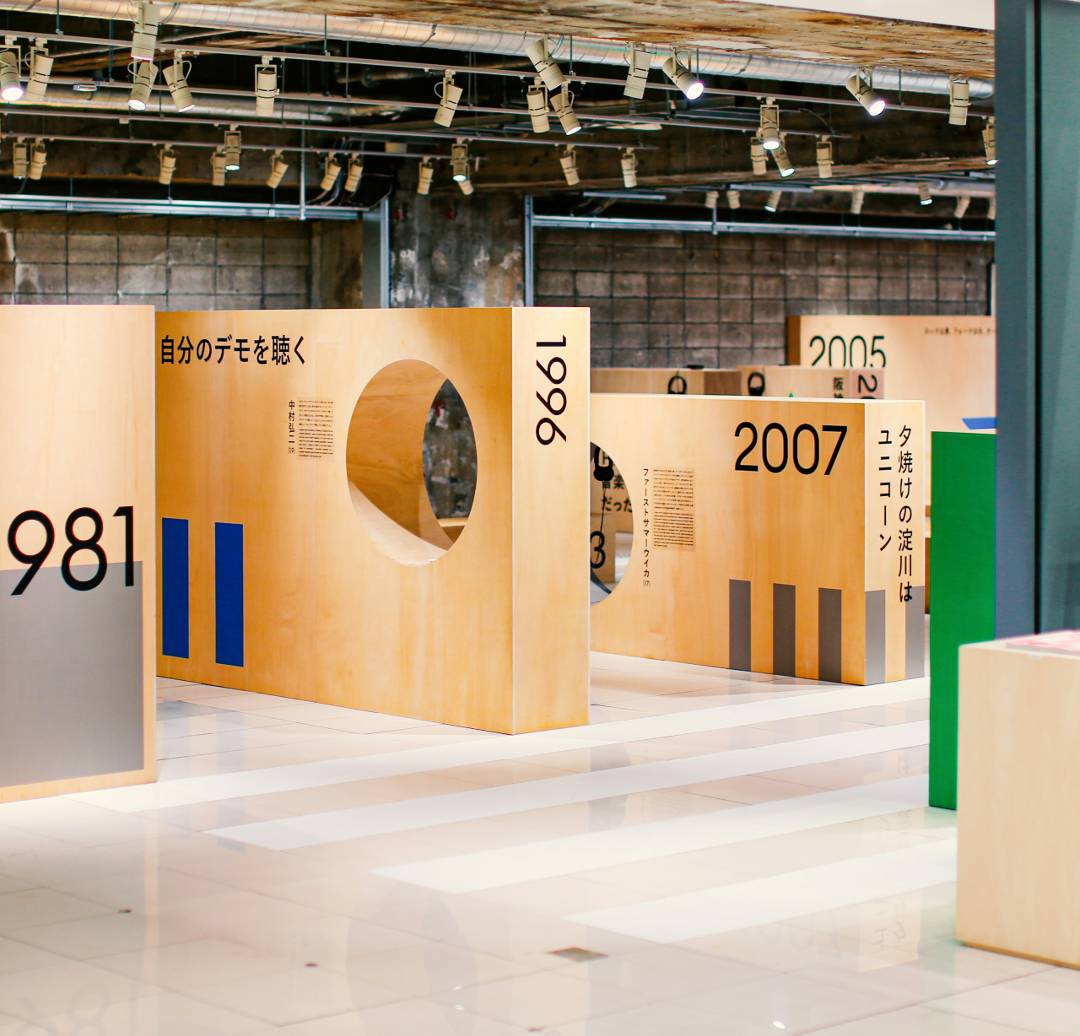
The Evolution of Exhibition Design: Best Practices for Curators
#Exhibition DesignExhibition design is the art of creating engaging and informative display spaces for artworks and artefacts. It is a crucial skill for curators because it shapes how visitors interact with and understand the pieces on display. Good exhibition design can tell a story, spark emotions, and even change perspectives, making it an essential tool for curators. By mastering this craft, curators can enhance the visitor experience, making art more accessible and enjoyable.
In this article, we prepared resources to help you learn about the history of exhibition design, understand the importance of presentation and empower you in storytelling and connecting with diverse audiences.
Historical Insights and Theoretical Frameworks
Learning about how exhibition design has changed over time is like going on a journey through history, uncovering the many ways art has been shown and shared with people from one era to the next. This section dives into the seminal moments and theoretical milestones that have shaped the realm of exhibition design, offering curators a foundation upon which to build their contemporary practices.
- Delve into the roots with “The Origins of the Exhibition Space 1450-1750” for an understanding of how historical shifts have influenced modern exhibition spaces.
- Unpack the evolution of curatorial practices in “History and Theory of Exhibition Design”, offering a scholarly perspective on the development of exhibition design principles.
Methodologies and Contemporary Practices
In the ever-evolving landscape of exhibition design, innovative methodologies and contemporary practices play a crucial role in creating engaging and meaningful experiences. This section explores the cutting-edge approaches curators adopt to push the boundaries of traditional exhibition formats and connect with audiences in novel ways.
- Gain insights into innovative methodologies in “Methodologies in Exhibition Design History” which discusses modern approaches to curating spaces.
- Explore detailed case studies and best practices in the special issue on exhibition design methodologies by “On Curating”.
Practical Guides and Design Tips
Arming oneself with practical guides and actionable design tips is essential for any curator looking to craft memorable and impactful exhibitions. This section is a treasure trove of hands-on advice, offering step-by-step guides and professional insights that pave the way for creative and successful exhibition design.
- Refer to the Smithsonian’s “Guide to Exhibit Development” for a step-by-step approach to creating engaging exhibitions.
- Enhance your design skills with “Designing Engaging Exhibitions: Tips from V&A and Nissen Richards Studio”, which offers contemporary insights and practical advice.
Leveraging Digital Platforms
The digital era has ushered in new possibilities for exhibition design, allowing curators to leverage technology to enhance engagement and accessibility. This section highlights how digital platforms and tools can be integrated into exhibition design to extend the reach of art beyond physical boundaries and create immersive experiences.
- Discover how digital platforms can extend the reach of exhibitions with examples from “Google Arts & Culture: Explore 5 Influential Exhibitions”.
Landmark Exhibitions and Influential Curatorial Models
Examining landmark exhibitions and influential curatorial models offers invaluable lessons in the power of visionary curation and innovative display. This section delves into the exhibitions and models that have left indelible marks on the art world, inspiring curators to think beyond conventional paradigms and envision new possibilities.
- Study the impact of significant exhibitions such as “Les Immateriaux” to understand how they have shaped contemporary art discourse.
- Investigate different curatorial models through “History of Exhibitions: Curatorial Models, Countermodels, and Altermodels”, offering insights into the variety of approaches used over time.
Conclusion
By weaving together historical insights, contemporary practices, and practical guides, curators can craft exhibitions that captivate, educate and reflect the diverse tapestry of human experience. We hope that the resources highlighted above can serve as guides for those navigating the complexities of exhibition design, offering inspiration, guidance, and a reminder of the transformative power of art.







